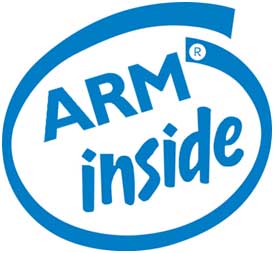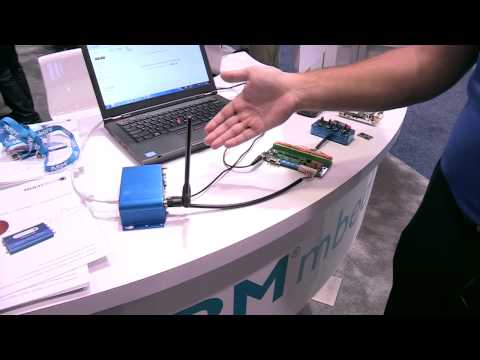Keeping aside its chilly relationships with ARM, Intel has made up  its mind to use the 64-bit ARM processor for the FPGA. The market experts are taking it as a sign of winding down of the chip war between both the companies, at least for the time being.
its mind to use the 64-bit ARM processor for the FPGA. The market experts are taking it as a sign of winding down of the chip war between both the companies, at least for the time being.
Recently in a meeting, Intel announced its plan to put the 64-bit ARM processor in its new Stratix 10 FGPA (field programmable gate array). The point to be noted, from some decades, Intel has doggedly sworn by chips based on its homegrown x86 architecture.
Based on Altera technology, FPGA can be reprogrammed for various networks or server related tasks.it is highly useful in running algorithms for machine learning.
While Intel is showing its interest towards ARM technology, it is actually indicates its strategy or vision beyond x86 and warming up to other architectures as it looks to shed its reliance on PCs. There are higher possibilities that in the near future, some Intel chips may be launched as a smart integration of ARM and x86. The company is already working on integrating Altera FPGA in Xeon server chips on multi-chip circuit board.
The ARM CPUs are already being used in FPGAs, but the Cortex-A53 in Statix 10 shows Intel isn’t shying away from the latest ARM technology. So, no doubt, Intel will eliminate the ARM CPU for x86 in its integrated Xeon FPGA chip.
There is a long history of the feud between Intel and ARM over the subject of architectural superiority, we have also witnessed the pretty arguments over power and performance. Still today, Intel prefers to put its x86 chips in most of the devices, but if necessary, it is ready to tap into ARM CPUdesigns also.
The friendly relationship between Intel and ARM is actually the result of some events or market circumstances. While the PC market is dealing with the slowdown, so Intel has restructured its focus over cars, drones, robots and the internet of things. Most of the PCs use x86 chips, but fastest growing markets Intel is focusing on are mainly dominated by ARM.
Intel is also getting the ARM support in its lucrative server business. ARM-based mobile and IoT devices feed information to servers that perform data analysis, image recognition, and natural language processing tasks. Intel’s x86 chips dominate servers, and the growth in ARM-based devices will indirectly drive sales of high-margin Intel Xeon chips.
Recently in August, both the companies have signed a licensing deal, so Intel can now manufacture ARM chips. As per the further development, Intel is going to manufacture chips for LG’s mobile devices on its 10-nanometer process and the discussions are on about making chips for Apple’s iPhone. Intel’s earlier manufacturing practices was dedicated towards x86 chips, but as the PC market is not working as good, the leading chip maker is ready to play the role of a contract manufacturer.
Intel has used ARM designs sparingly. Intel previously made mobile phone chips and networking equipment based on ARM, but sold that business to Marvell in 2006. Intel puts ARM’s Mali graphics in an x86 Atom sX3 chip code-named Sofia, which was originally designed for smartphones but is now in IoT devices. Intel also used ARM processors in an XMM modem, but is switching over to x86.
One of the biggest areas of focus for Intel is FPGAs, which provide a high-speed chip alternative to its CPUs. The quad-core 64-bit Cortex-A53 CPU in Stratix 10 is faster than previous chips, Intel said.




